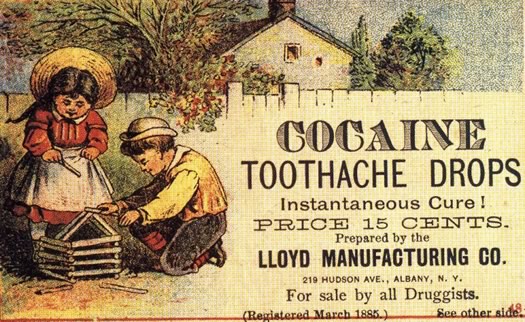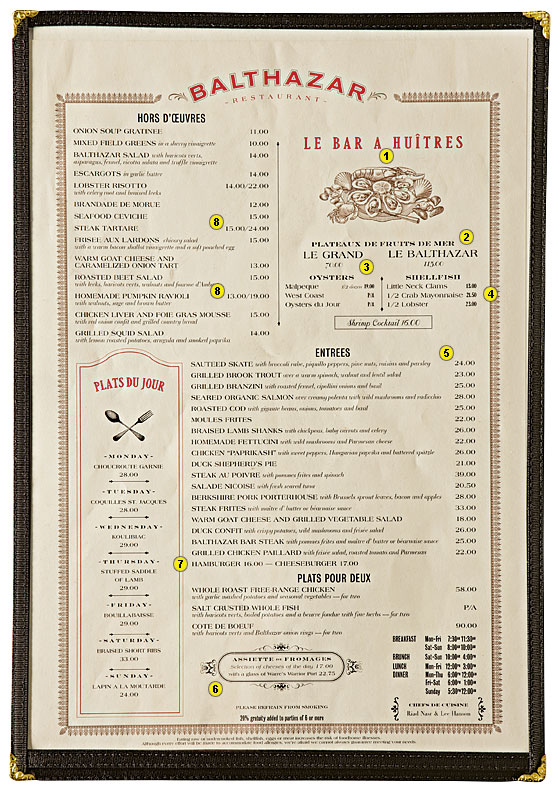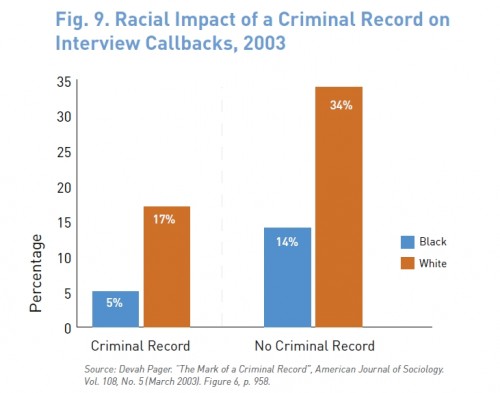Flashback Friday.
The AP has an interesting website about wildfires from 2002 to 2006. Each year, most wildfires occurred west of the Continental Divide. Many of these areas are forested. Others are desert or shortgrass prairie.
There are a lot of reasons for wildfires–climate and ecology, periodic droughts, humans. The U.S. Fish and Wildlife Service reports that in the Havasu National Wildlife Refuge, the “vast majority” of wildfires are due to human activity. Many scientists expect climate change to increase wildfires.
Many wildfires affect land managed by the Bureau of Land Management. For most of the 1900s, the BLM had a policy of total fire suppression to protect valuable timber and private property.
Occasional burns were part of forest ecology. Fires came through, burning forest litter relatively quickly, then moving on or dying out. Healthy taller trees were generally unaffected; their branches were often out of the reach of flames and bark provided protection. Usually the fire moved on before trees had ignited. And some types of seeds required exposure to a fire to sprout.
Complete fire suppression allowed leaves, pine needles, brush, fallen branches, etc., to build up. Wildfires then became more intense and destructive: they were hotter, flames reached higher, and thicker layers of forest litter meant the fire lingered longer.
As a result, an uncontrolled wildfire was often more destructive. Trees were more likely to burn or to smolder and reignite a fire several days later. Hotter fires with higher flames are more dangerous to fight, and can also more easily jump naturally-occurring or artificial firebreaks. They may burn a larger area than they would otherwise, and thus do more of the damage that total fire suppression policies were supposed to prevent.
In the last few decades the BLM has recognized the importance of occasional fires in forest ecology. Fires are no longer seen as inherently bad. In some areas “controlled burns” are set to burn up some of the dry underbrush and mimic the effects of naturally-occurring fires.
But it’s not easy to undo decades of fire suppression. A controlled burn sometimes turns out to be hard to control, especially with such a buildup of forest litter. Property owners often oppose controlled burns because they fear the possibility of one getting out of hand. So the policy of fire suppression has in many ways backed forest managers into a corner: it led to changes in forests that make it difficult to change course now, even though doing so might reduce the destructive effects of wildfires when they do occur.
Given this, I’m always interested when wildfires are described as “natural disasters.” What makes something a natural disaster? The term implies a destructive situation that is not human-caused but rather emerges from “the environment.” As the case of wildfires shows, the situation is often more complex than this, because what appear to be “natural” processes are often affected by humans… and because we are, of course, part of the environment, despite the tendency to think of human societies and “nature” as separate entities.
Originally posted in 2010.
Gwen Sharp is an associate professor of sociology at Nevada State College. You can follow her on Twitter at @gwensharpnv.







